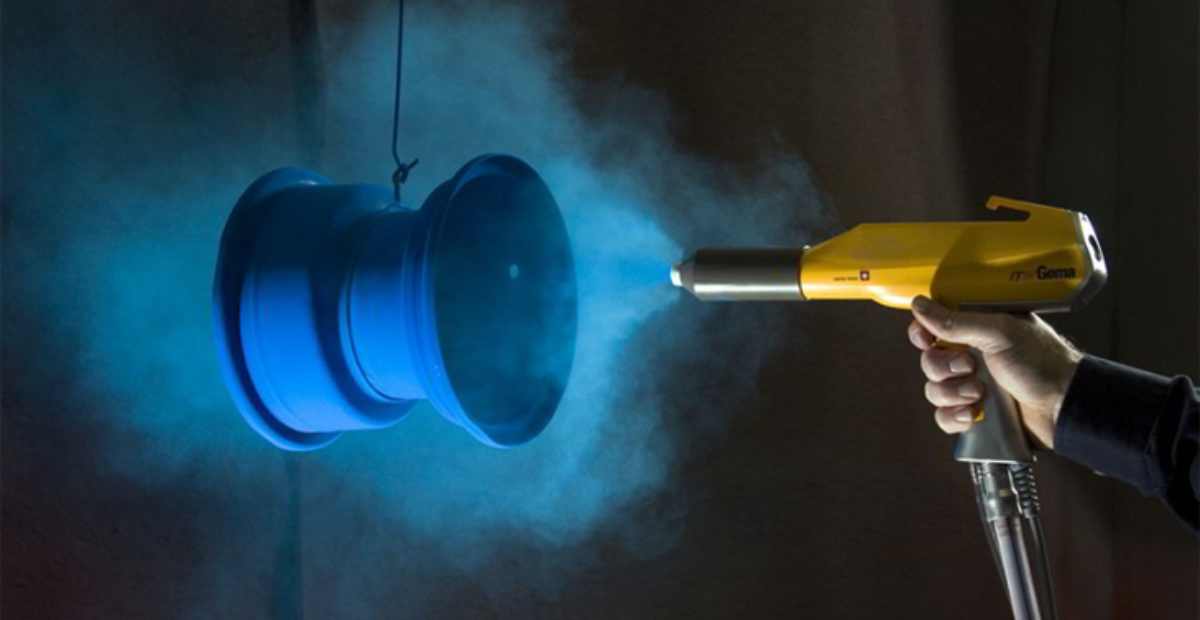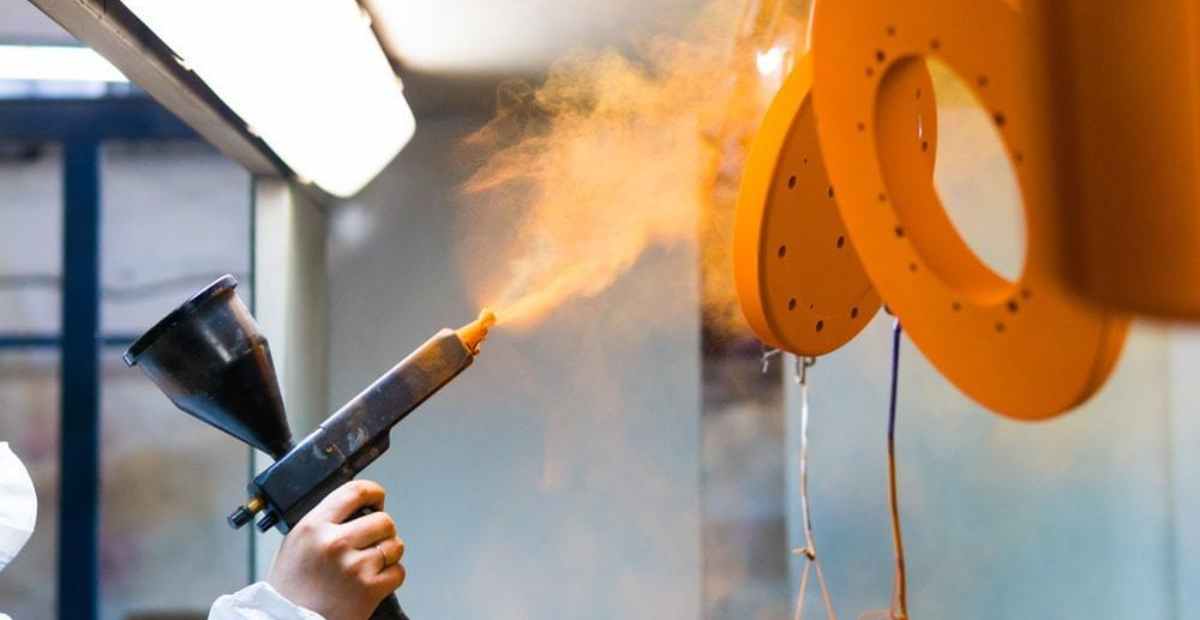Common Electrostatic Powder Coating Surface Inspection Methods

Dear customers, today we will introduce you to the simplest method for testing the surface of electrostatic powder-coated products after finishing. This will provide you with a clearer understanding of the quality of electrostatic powder coating, a technology that is both innovative and still relatively new in Vietnam.
In a previous section, we provided a brief overview of various methods for testing electrostatic powder coating surfaces for your reference. However, the steps in that section were more complex and required sophisticated machinery. Here, you can perform the tests quickly and conveniently.
Before and after electrostatic powder coating, there are certain aspects we must consider when using and assessing the quality of the coated surface. This ensures that the electrostatic powder coating process is uninterrupted, achieving high productivity and ensuring the best quality for the final coated product.
Methods for Testing Electrostatic Powder Coating Surface Quality
a. Measuring Coating Thickness
Currently, there are numerous devices available on the market for measuring coating thickness, making this inspection straightforward and rapid.
- Before entering the industrial oven: Measure the coating thickness using electronic devices with standard plastic film, scratch gauges, laser technology, or visual observation.
- After curing: Use electronic devices with standard plastic film.
b. Color Inspection of the Coating
There are several methods for inspecting the color of electrostatic powder-coated surfaces:
- Using laboratory equipment
- Using handheld devices
- Comparing with standard color samples using the naked eye
Note: Use standardized lighting when adjusting colors.

c. Gloss Inspection of the Coating
To assess the gloss level of the electrostatic powder-coated surface, we use a gloss meter at various angles:
- 60-degree angle: The most commonly used angle in the electrostatic powder coating industry.
- 20-degree angle: Used when measuring the gloss of surfaces with a high level of shine.
- 85-degree angle: Used when measuring the gloss of surfaces with a low level of shine.
d. Coverage Capability
Use black and white panels to determine the coverage capability of electrostatic powder coating.
e. Inspection of Surface Defects
Common defects that may appear on electrostatic powder-coated surfaces:
- Spots: Due to various types of powder particles, contaminants from the oven, or environmental dust.
- Pinholes: Surface is contaminated with substances like silicone, acrylics, oils, or greases incompatible with electrostatic powder coating.
- Pitting: Air escapes from the coating or the painted object, surface is contaminated, electrostatic powder particles absorb moisture.
f. Impact and Bend Resistance
Assess the deformation of the coating layer:
- Conduct tests on both sides of the sample.
- The coating thickness should adhere to standards (60-80 microns).
- Impact resistance is determined by the weight of the hammer and the maximum height it can fall from without breaking the coating (inch x pounds or Joules).
g. Flexibility
- Check the flexibility/resilience with the Cupping or Erichsen method.
- Determine the flexibility/resilience of the coating by gradually deforming the coating. A ball is pressed onto the sample and pushed in until a crack appears, recording the pushed length.
h. Bending Ability
Use conical or cylindrical tools to measure the bending ability of the coating (Conical or Mandrel).
